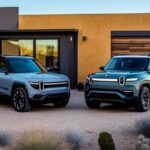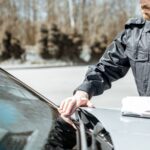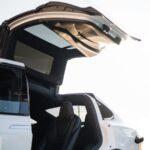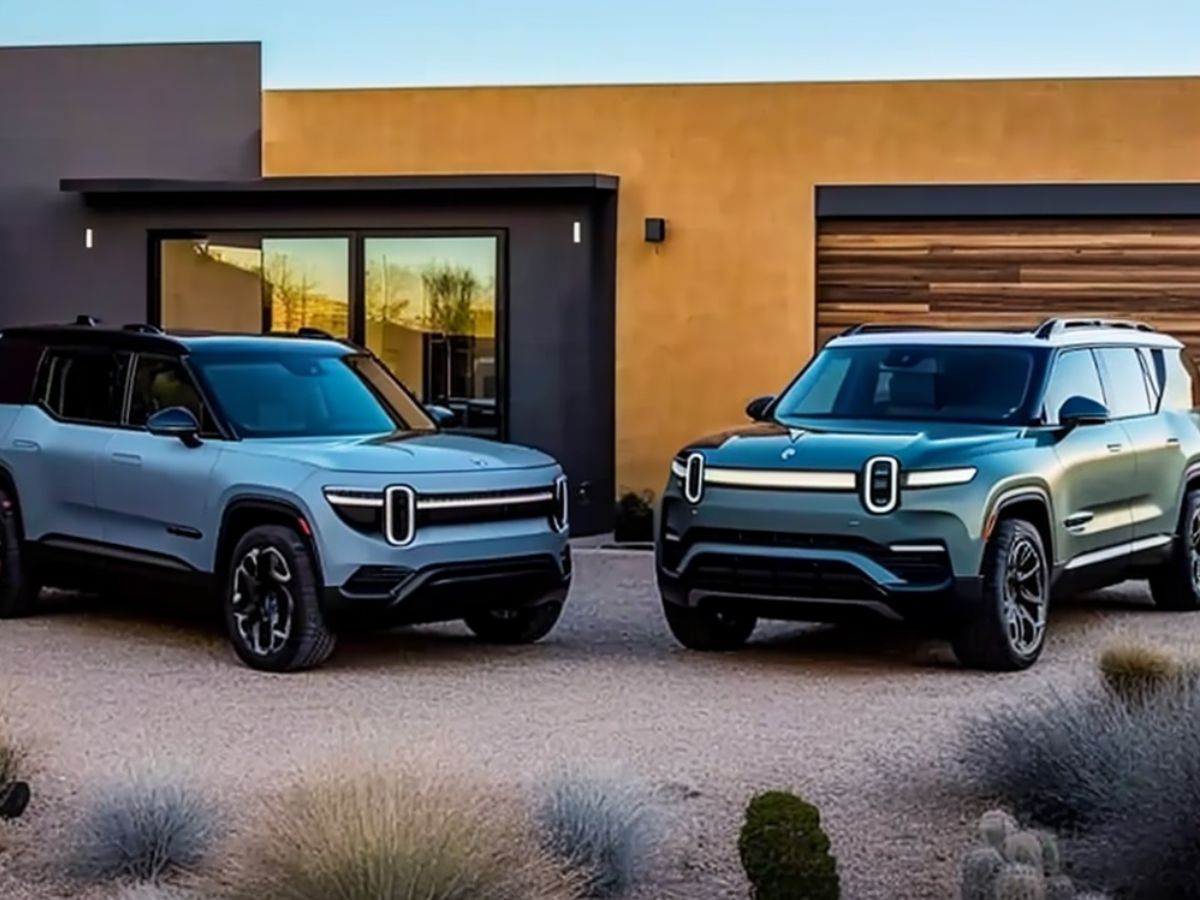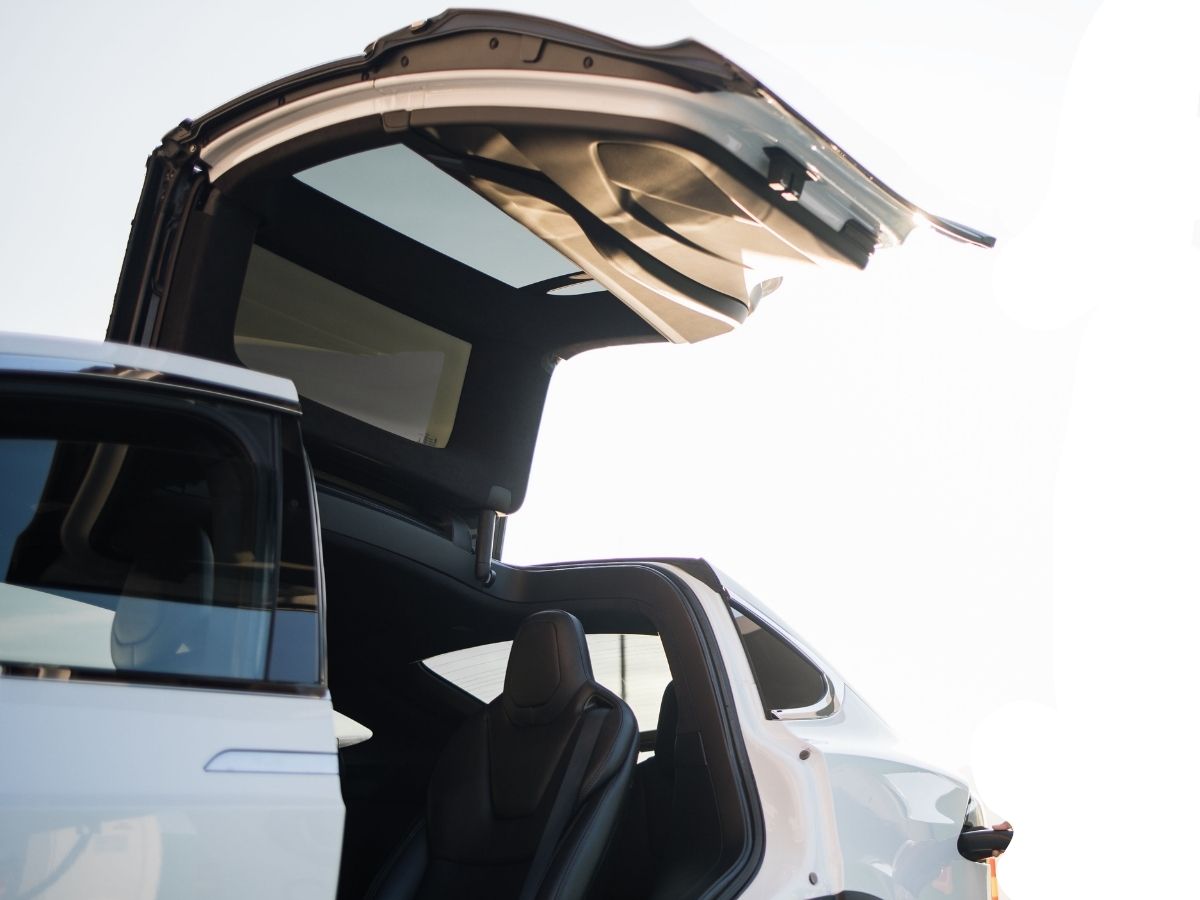In 2016, Tesla released an update to their Autopilot system that allowed their vehicles to drive themselves on highways and freeways. While this feature intended to make driving safer and more convenient, it quickly became controversial. Between 2016 and 2018, there were several incidents in which Tesla vehicles with Autopilot engaged crashed, causing injury or even death. In this article, we’ll look closely at what happened and try to separate fact from fiction.
Elon Musk’s Response to Tesla’s Autopilot Malfunction (2016-2018)
When the Autopilot malfunctions occurred, Tesla CEO Elon Musk was quick to respond and address the concerns of customers and the media. Here is a quote from Musk regarding the incidents:
“It’s really just a question of how many incidents occur, and whether they occur with Autopilot engaged. If we find that Autopilot is getting involved in many accidents, we’ll certainly have to consider whether we need to add additional constraints to the system.” (Source: The Verge)
In other interviews and statements, Musk also emphasized that Tesla took the incidents seriously and worked to improve the safety of their vehicles. He stated that the company was constantly working to improve the Autopilot system and that their goal was to make driving as safe as possible.

The Autopilot Malfunction (2016-2018) Explained
What Happened?
Between 2016 and 2018, there were several incidents in which Tesla vehicles with Autopilot engaged crashed, causing injury or death. In one notable incident, a Tesla Model S crashed into a truck crossing the highway, killing the driver. The Autopilot system did not detect the truck, and the driver did not take control of the vehicle in time to avoid the collision.
What Caused the Malfunction?
A combination of factors caused the Autopilot malfunction. In some cases, drivers were using the Autopilot system in ways that were not intended to be used, such as taking their hands off the wheel or not paying attention to the road. In other cases, the system failed to detect obstacles in the road or made incorrect decisions about how to react to certain situations.
Was Autopilot Unsafe?
The Autopilot malfunction sparked much debate about the safety of self-driving cars. Some people argued that Tesla’s Autopilot system was unsafe and that it put drivers and passengers at risk. However, others pointed out that the vast majority of accidents are caused by human error and that self-driving cars can potentially reduce the number of accidents on the road.
Separating Fact from Fiction
Fiction: Tesla’s Autopilot System Was Inherently Unsafe
Some people argued that Tesla’s Autopilot system was inherently unsafe and that it put drivers and passengers at risk. However, this is not true. While the Autopilot system malfunctioned in some cases, most Tesla drivers who used the system did so safely and without incident. Additionally, Tesla took steps to improve the safety of the Autopilot system after the malfunctions occurred.
Fact: Drivers Were Warned to Pay Attention to the Road
Tesla was very clear that their Autopilot system was not a fully self-driving system, and that drivers should still pay attention to the road and be ready to take control of the vehicle at any time. The Autopilot system included several warnings to this effect, including visual and audible alerts if the driver’s hands were not on the wheel.
Fiction: Tesla Tried to Cover Up the Autopilot Malfunctions
Rumors were circulating that Tesla tried to cover up the Autopilot malfunctions and that they were not transparent about the incidents. However, this is not true. Tesla responded to each incident promptly and proactively, and they were transparent about what happened.
The Autopilot malfunction from 2016 to 2018 was a controversial and tragic event that raised questions about the safety of self-driving cars. While there were certain instances in which the Autopilot system malfunctioned, it’s important to remember that most Tesla drivers who used the system did so safely and without incident. Additionally, Tesla took steps to improve the system’s safety after the malfunctions occurred. As self-driving technology continues to develop, it’s important to approach it cautiously and prioritize safety on the road.
FAQs
Q: Was the Autopilot malfunction caused by a defect in the system?
A: No, the Autopilot malfunction was caused by a combination of factors, including driver error and improper use of the system, as well as the system’s failure to detect obstacles in the road or make correct decisions in certain situations.
Q: Has Tesla improved the safety of the Autopilot system since the malfunctions occurred?
A: Yes, Tesla has made several improvements to the Autopilot system since the malfunctions occurred. They have added more visual and audible warnings to remind drivers to pay attention to the road, and they have also added features such as automatic emergency braking and lane departure warning to help prevent accidents.
Q: Are self-driving cars safe?
A: While self-driving cars have the potential to reduce the number of accidents on the road greatly, there is still some debate about their safety. It’s important to remember that self-driving cars are still a relatively new technology, and there is still much to be learned about how they will perform in different situations.
